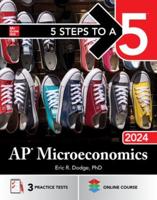Publisher's Synopsis
The sports industry presents many unusual and interesting opportunities for the application of economic theory and econometrics. In 15 professional papers, this book addresses current economic issues in the industry, including the problem of competitive balance, the location of professional sports teams and their impact on local communities, managerial decision making, and issues related to labor markets. Extending the previous research in sports economics, the papers reflect the most recent applications of economic theory in this area. The book will be a valuable resource for professional economists working on sports economics topics.
In two opening chapters on competitive balance, the contributors develop a model for college football and examine the impact of balance on attendance in major league baseball. In a section on the location of professional sports teams, the chapters then develop a model to predict the location of expansion teams, make econometric estimates of the impact of Super Bowls on the host city, and analyze the ownership of stadiums and arenas. Managerial decision making is discussed in chapters that examine alternative econometric models of production in baseball, use a production function model to analyze technological change in Major League Baseball, examine the management of team streaks, consider the competitive balance between American and National Leagues, analyze the efficiency of player trades in the National Basketball Association, and estimate the impact of participation in inter-collegiate sports on academic performance. In the final section on labor markets, the contributors estimate the impact of owner collusion on baseball players' salaries, consider the impact of the new collective bargaining agreement in Major League Baseball, analyze the impact of being a union representative, and examine the impact of the National Football League's salary cap on player's salaries.








